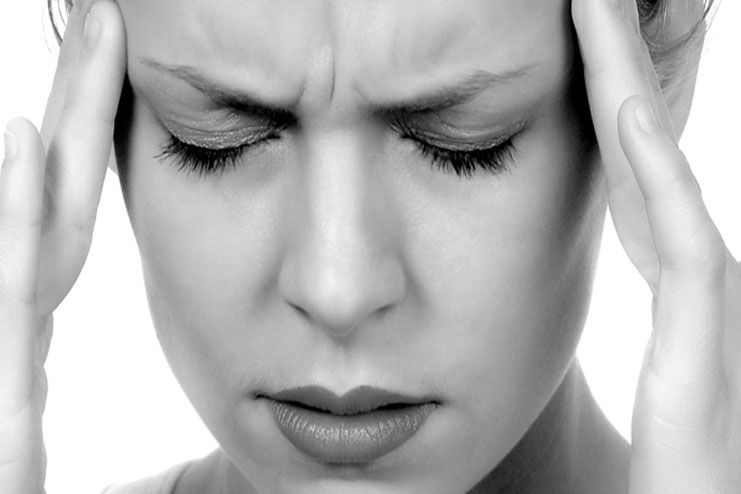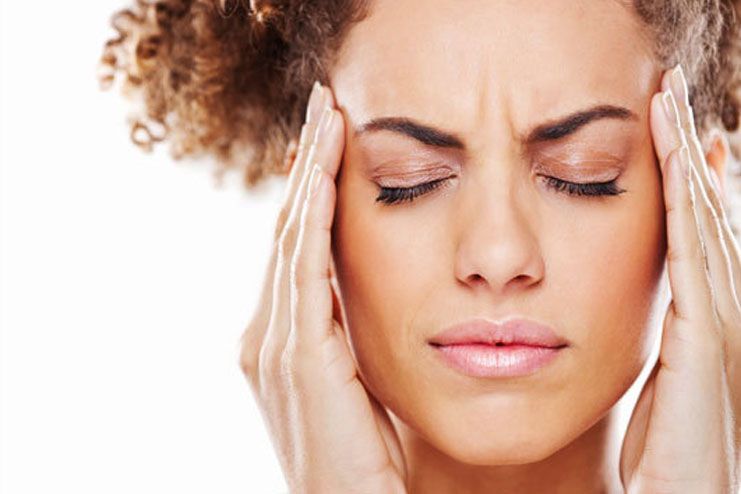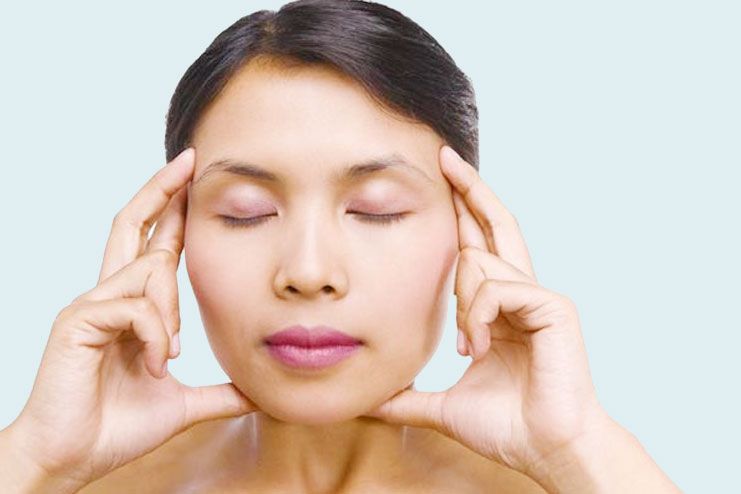Affiliate Disclaimer
Some links in this article are affiliate links. We may earn a small commission if you make a purchase through these links, at no extra cost to you. We only recommend products we find useful to our readersA headache behind your eyes or a tension headache is one of the most common types of headaches. It can cause mild, moderate, or intense pain in the eyes, neck, and head.
For many patients, headaches occur periodically, such as one or two times a month on average. However, chronic headaches can also occur, as noted by experts.
In this article, we provide detailed information about the various types of headaches, their causes, treatments, and some of the best home remedies to alleviate headaches behind the eyes.
What Are the Types of Headaches?
Experts emphasize the importance of recognizing the type of headache and its cause to ensure appropriate treatment. Headaches might signify underlying conditions, such as migraines, and can lead to complications if not addressed. Major types of headaches include:
1. Tension Headaches
This common type of headache causes pain at the temples, behind the eyes, and in the neck. However, tension headaches are not usually considered severe and rarely cause other symptoms like nausea or vomiting.
According to experts, tension headaches may be caused by the contraction of the scalp and neck muscles and changes in brain chemicals (R).
2. Cluster Headaches
Cluster headaches are more common in men and occur in cycles. They come on suddenly, causing severe pain on one side of the head. These headaches may also cause watery eyes, a runny nose, and nasal congestion on the affected side.
Patients often experience extreme discomfort during an attack. While the exact cause of cluster headaches is unknown, no specific medication is available to eliminate the pain.
3. Sinus Headaches
Sinus infections can lead to inflamed sinuses, often accompanied by fever and mucus discharge, visible through a fiber-optic scope. Sinus headaches occur as a result of this inflammation.
4. Rebound Headaches
Overuse of painkillers is a major cause of rebound headaches. These headaches may result from the excessive consumption of over-the-counter medications like aspirin, acetaminophen, or ibuprofen.
Rebound headaches occur when painkillers overstimulate the brain, and symptoms may persist when the medication leaves the bloodstream.
5. Migraine Headaches
Migraines are severe headaches often accompanied by symptoms such as nausea, vomiting, and sensitivity to light and sound. Migraines can last between 4 to 72 hours and may include additional symptoms like visual disturbances or hand numbness.
What are the Causes of Headaches Behind the Eyes?
Headaches behind the eyes, especially tension headaches, are often caused by the contraction of neck and head muscles. Factors that may trigger these headaches include:
- Eye strain
- Dry eyes
- Fatigue
- Emotional stress
- Poor posture
- A cold or flu
- Sinus infection
- Exposure to cold temperatures
- Alcohol
- Smoking
- Caffeine
Home Remedies for Headache Behind the Eyes and Tensions
Here are some effective home remedies to alleviate headaches behind the eyes:
1. Ginger
Ginger helps reduce inflammation in blood vessels, alleviating pain (R). It can also relieve nausea associated with migraines. You can steep ginger in tea, mix equal parts of ginger juice and lemon juice, or create a paste of ginger powder with water and apply to your forehead.
2. Cinnamon
Cinnamon is effective in treating headaches (R). Make a paste with cinnamon powder and water, apply it to your forehead and temples, and leave it on for 20–30 minutes before washing off with lukewarm water.
3. Peppermint Oil
The menthol in peppermint oil helps regulate blood flow, easing headache symptoms (R). Mix peppermint oil with almond oil and massage it on your forehead and temples for relief.
4. Stretching
Simple neck and shoulder stretches can reduce muscle tension and headache intensity. Basic exercises include tilting your head toward your shoulders, rotating your neck, and moving your chin up and down.
5. Basil
Basil acts as a muscle relaxant and has analgesic properties (R). Brew basil leaves in warm water to make tea, add honey for taste, and sip slowly. Alternatively, chew basil leaves or inhale steam from boiled basil-infused water.
Medical Treatments for Headaches Behind the Eyes
Over-the-counter medications such as ibuprofen or aspirin can provide relief (R). However, avoid excessive use to prevent rebound headaches. For persistent headaches, doctors may recommend other treatments, including:
- Ketorolac
- Opiates
- Indomethacin
- Naproxen
- Acetaminophen
Other treatments that doctors suggest include:
- Stress management to counter stress and to relieve tension.
- Biofeedback helps in managing stress and pain.
- Acupuncture, an alternative treatment, helps reduce stress by piercing needles in specific areas of your body.
- Cognitive behavioral therapy helps in recognizing the factors that cause tension, stress, and anxiety.
Conclusion
Headaches behind the eyes can impact one’s quality of life, but knowing their causes and types is crucial for proper management. From tension headaches to migraines, sinus headaches, and cluster headaches, each type of headache requires a specific treatment to alleviate discomfort.
Even home remedies such as ginger, cinnamon, and peppermint oil, as well as simple lifestyle changes like stretching exercises and stress management, may help provide natural relief.
Medical treatments and therapies such as biofeedback, acupuncture, or cognitive behavioral therapy may be required for chronic or severe conditions. Always consult a healthcare professional for specific advice and to rule out underlying conditions.
Combining preventive measures, natural remedies, and professional guidance will help you effectively manage headaches and improve your overall well-being.
-
Aug 2017Written by Prajakt
-
Jan 2025Edited by Ankita Sethy
References
- https://www.healthdirect.gov.au/headaches
- https://my.clevelandclinic.org/health/diseases/9639-headaches
- https://www.medicalnewstoday.com/articles/326880
- https://www.physio-pedia.com/Tension_Headaches
- https://pubmed.ncbi.nlm.nih.gov/32638445
- https://pubmed.ncbi.nlm.nih.gov/27106030
- https://pmc.ncbi.nlm.nih.gov/articles/PMC10237160
In this Article
























